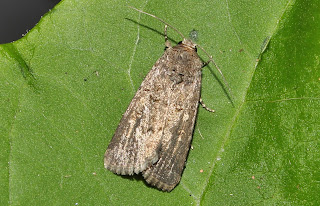Endemic to Cyprus
Autophila anaphanes is a moth of the Noctuidae family. It is found in the eastern part of the Mediterranean, including the Balkans, Cyprus, Turkey, Lebanon and Israel.
There is one generation per year. Adults are on wing from April to June.
The larvae feed on Genista and Ulex species.
From Wikipedia, the free encyclopedia
Photos Pomos 12.12.2015 by George Konstantinou

Autophila anaphanes is a moth of the Noctuidae family. It is found in the eastern part of the Mediterranean, including the Balkans, Cyprus, Turkey, Lebanon and Israel.
There is one generation per year. Adults are on wing from April to June.
The larvae feed on Genista and Ulex species.
From Wikipedia, the free encyclopedia
Photos Pomos 12.12.2015 by George Konstantinou

















































